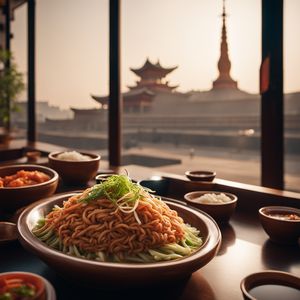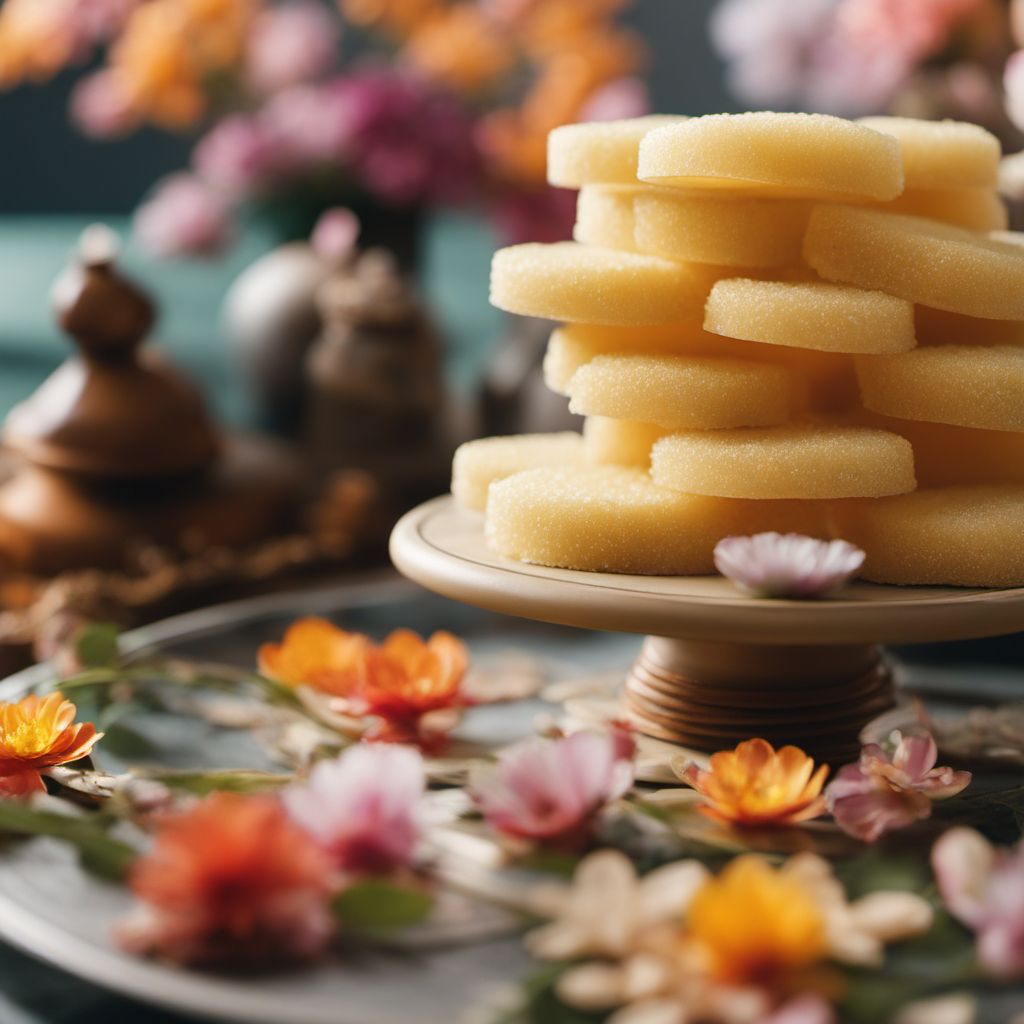
Dish
Hwajeon
Hwajeon is made by mixing glutinous rice flour with water and sugar to form a dough. Edible flowers such as chrysanthemums, azaleas, and roses are then added to the dough and flattened into small pancakes. The pancakes are then pan-fried until golden brown. Hwajeon has a chewy texture and a sweet, floral flavor. It is often served with tea or as a dessert after a meal.
Origins and history
Hwajeon has been a part of Korean cuisine for centuries. It is believed to have originated during the Joseon Dynasty (1392-1910) and was often served to royalty and nobility during special occasions. Today, Hwajeon is still a popular snack and dessert during festivals and special occasions.
Dietary considerations
Glutinous rice flour is gluten-free, making Hwajeon suitable for people with gluten intolerance. However, some edible flowers may cause allergic reactions in some individuals. It is important to check for any allergies before consuming Hwajeon.
Variations
There are many variations of Hwajeon, depending on the type of edible flowers used. Some popular variations include ssuk Hwajeon (made with mugwort), hwangchil Hwajeon (made with yellow chrysanthemums), and omija Hwajeon (made with omija berries).
Presentation and garnishing
Hwajeon is often garnished with additional edible flowers or sesame seeds. It is usually served on a small plate or dish.
Tips & Tricks
To prevent the dough from sticking to your hands, lightly coat your hands with oil before shaping the dough into pancakes.
Side-dishes
Hwajeon is often served with tea or as a dessert after a meal. It can also be served as a snack or appetizer.
Drink pairings
Hwajeon pairs well with green tea, black tea, or traditional Korean rice wine (makgeolli).
Delicious Hwajeon recipes
More dishes from this category... Browse all »
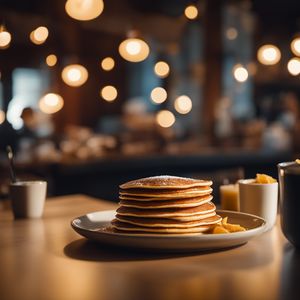
American Pancakes
American cuisine

Apam balik
Malaysian cuisine
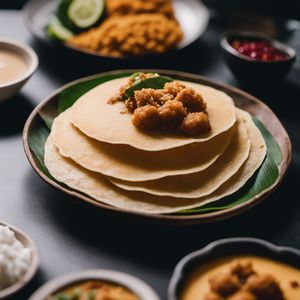
Appam
Indian cuisine
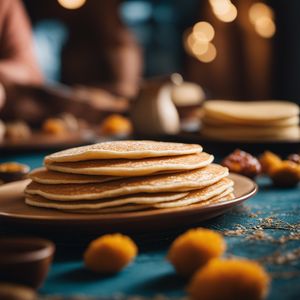
Baghrir
Moroccan cuisine

Beeshee
Kazakh cuisine
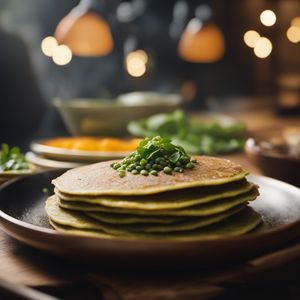
Bindaetteok
Korean cuisine
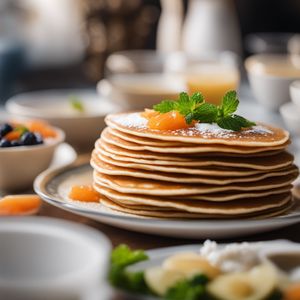
Blini
Russian cuisine

Bliny gryczane
Polish cuisine

